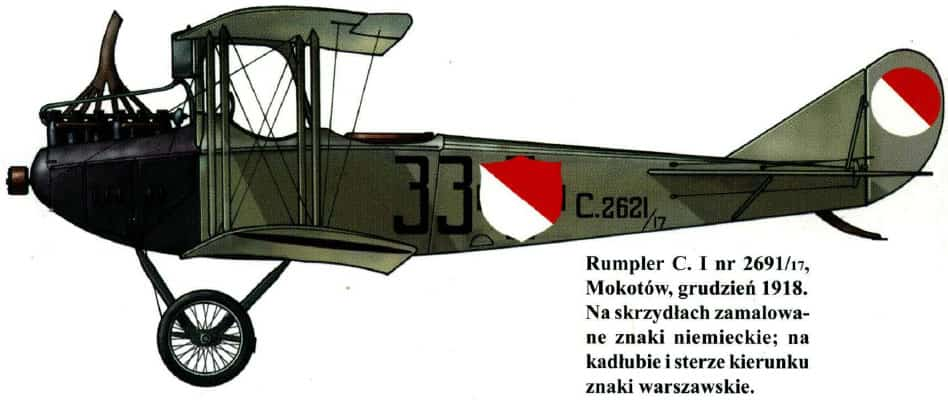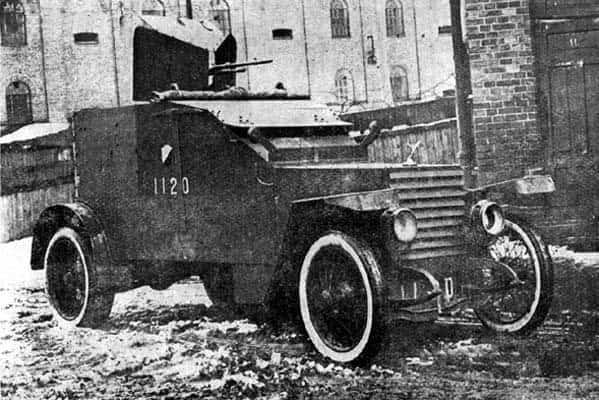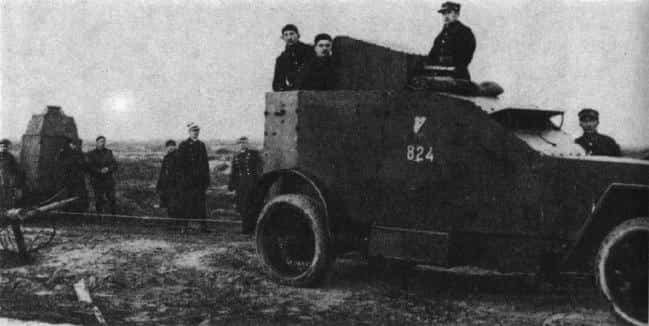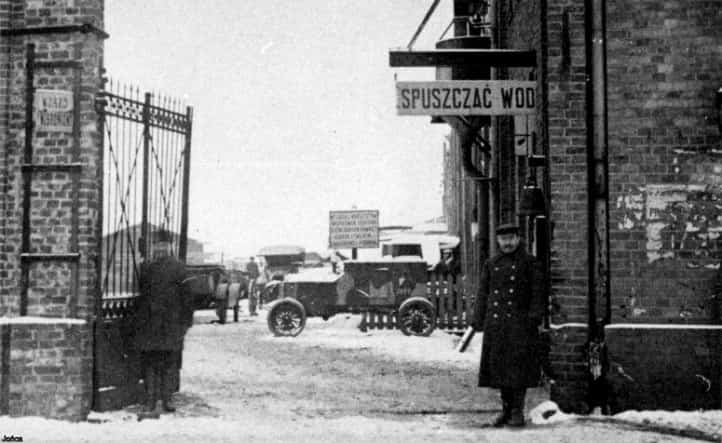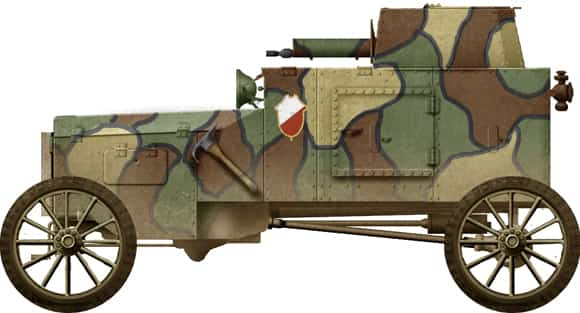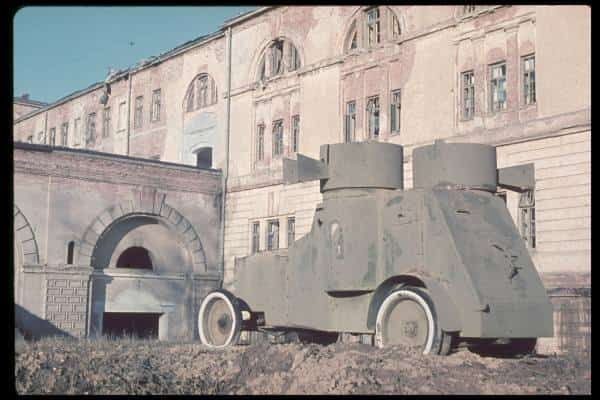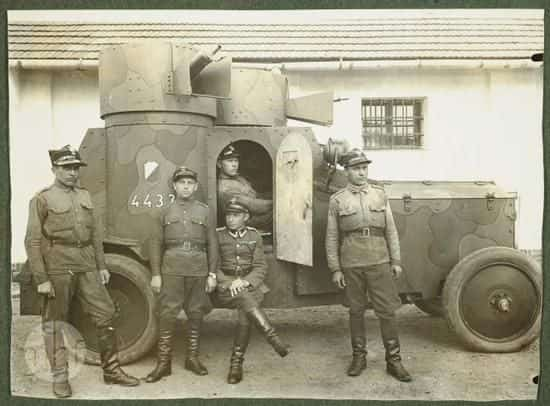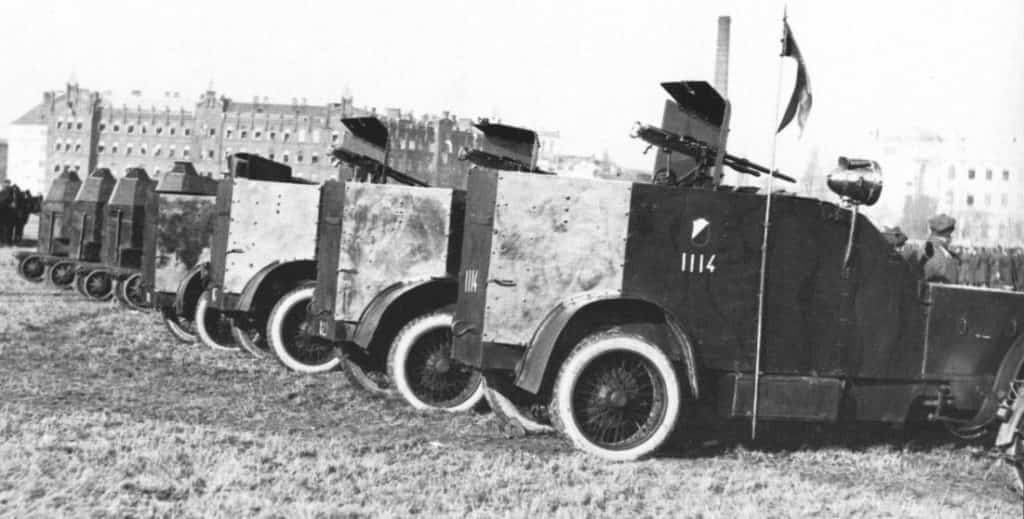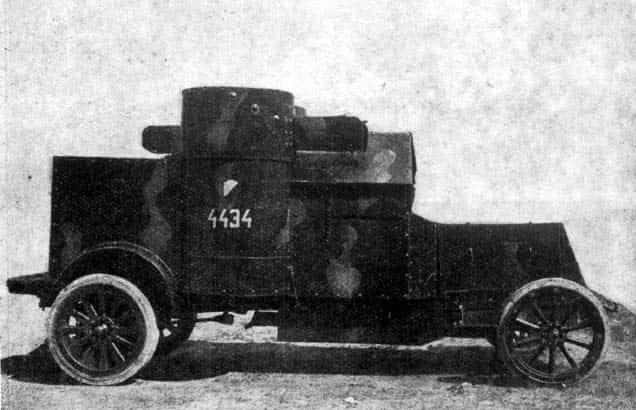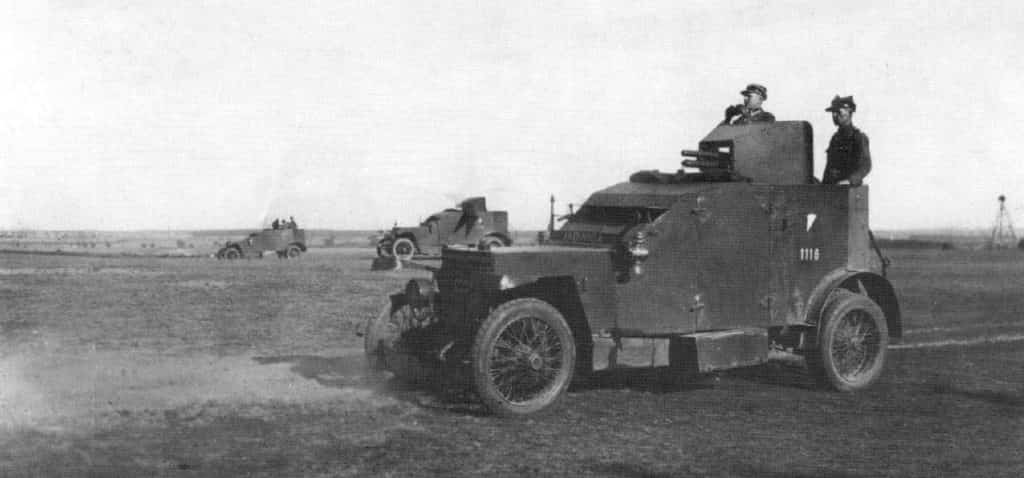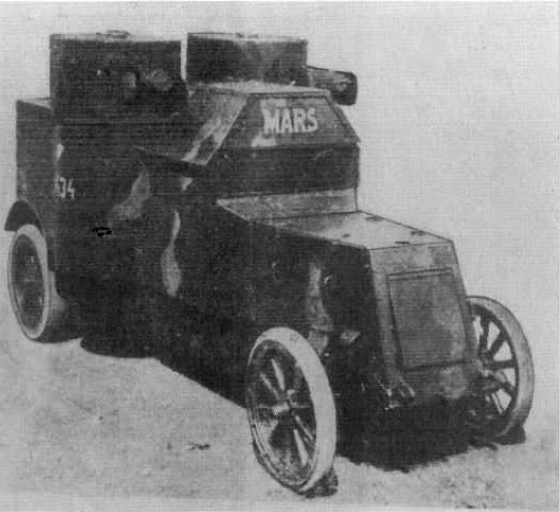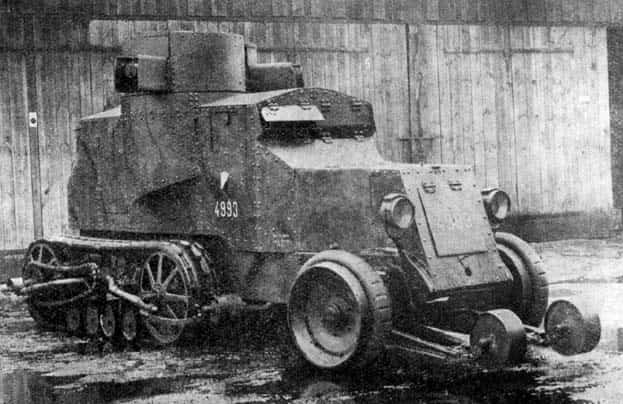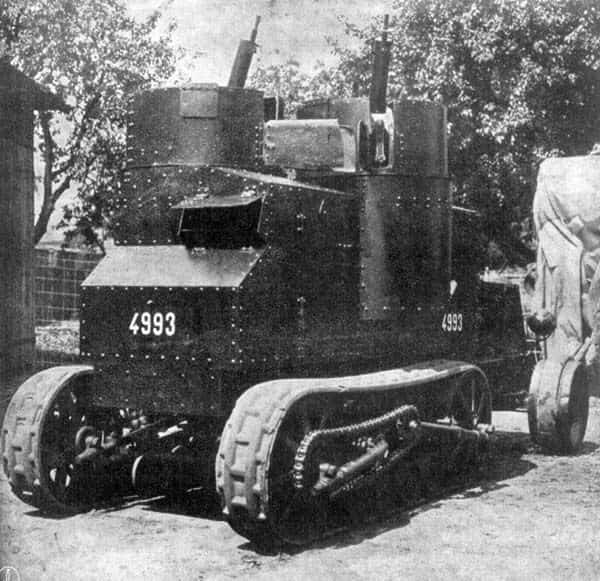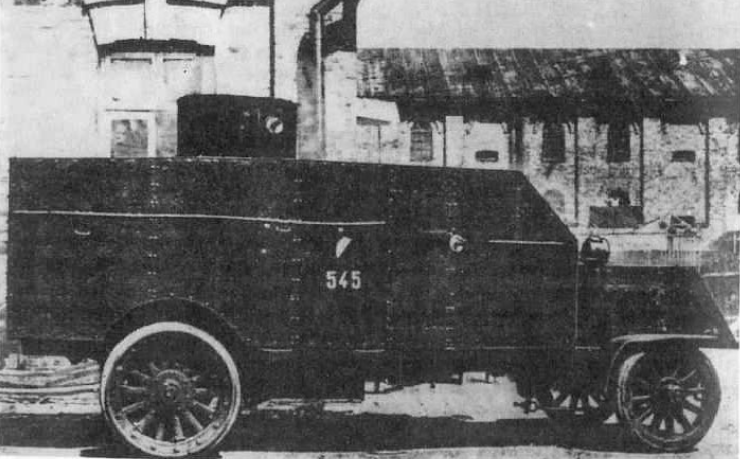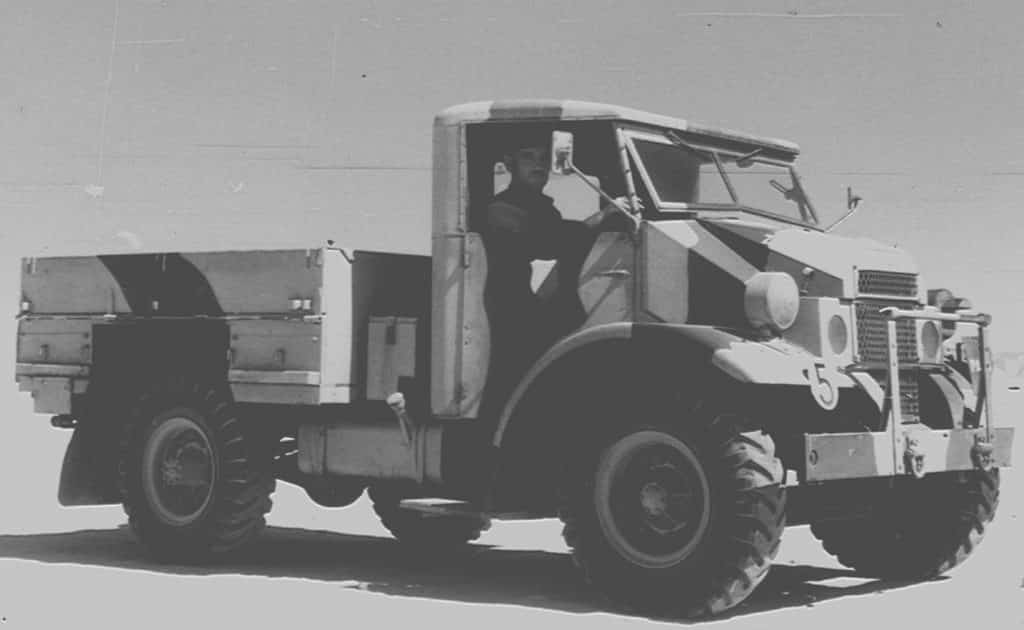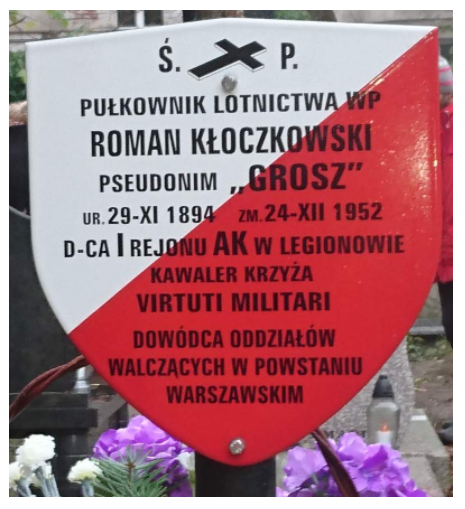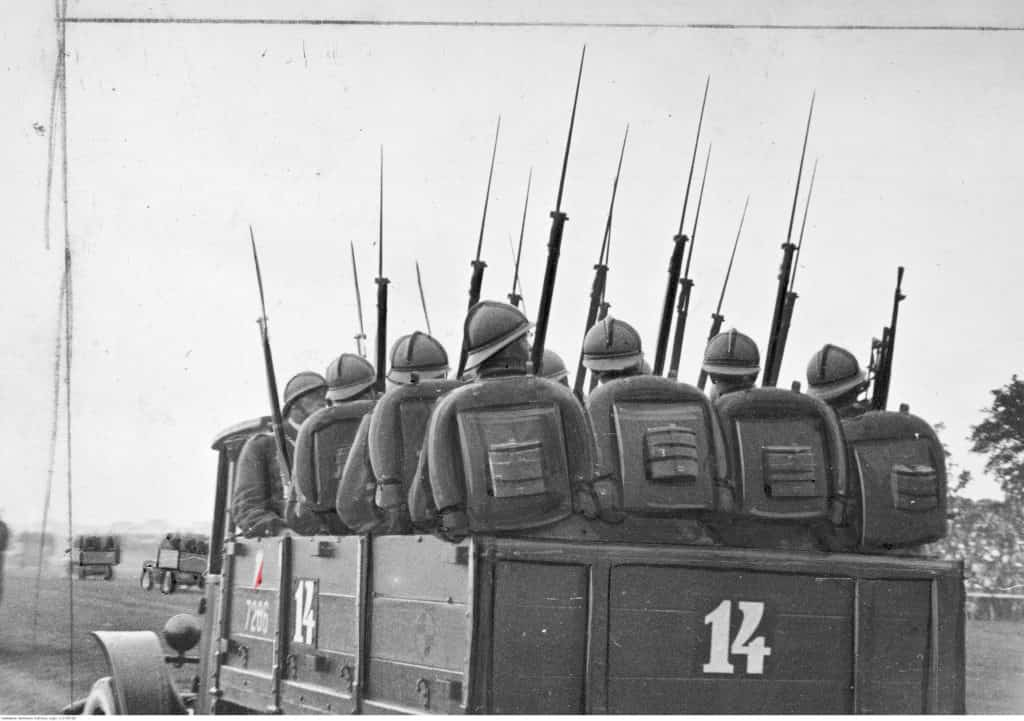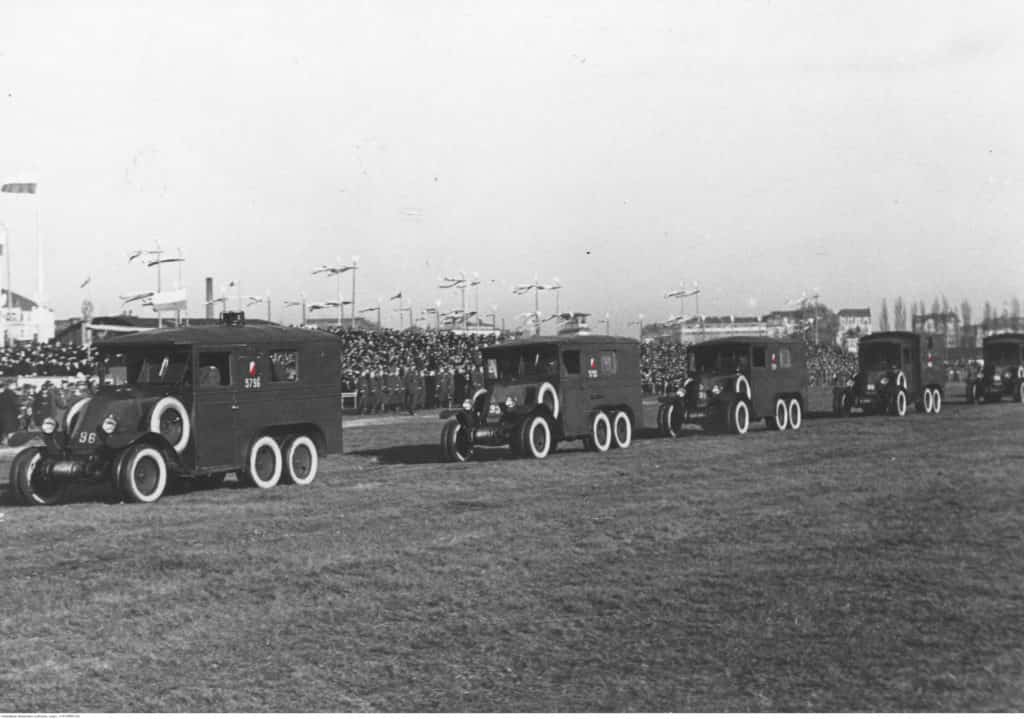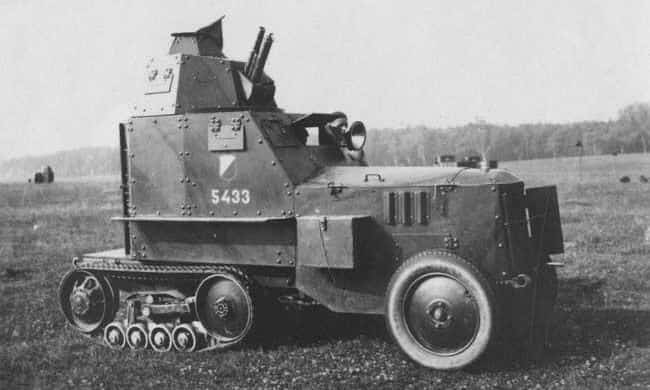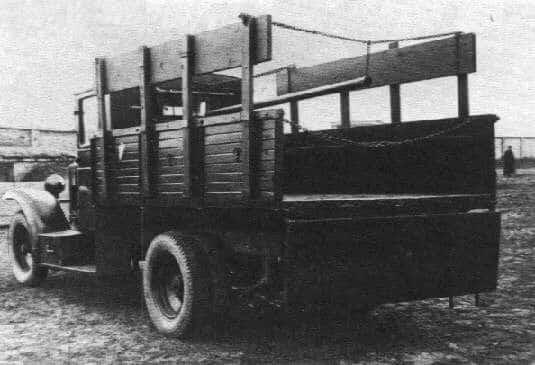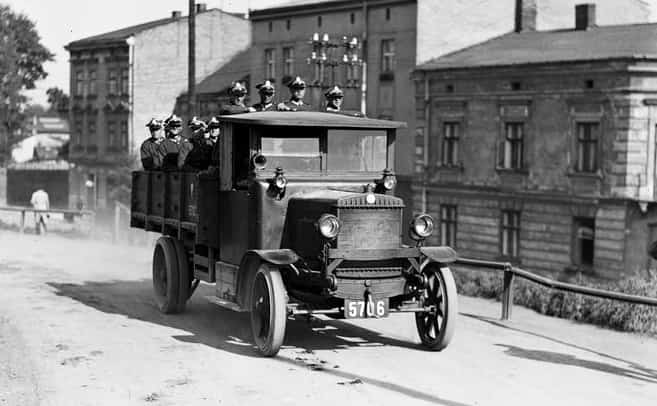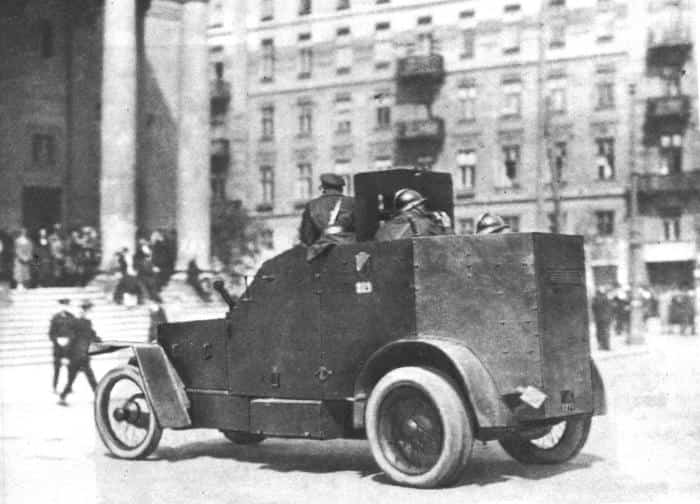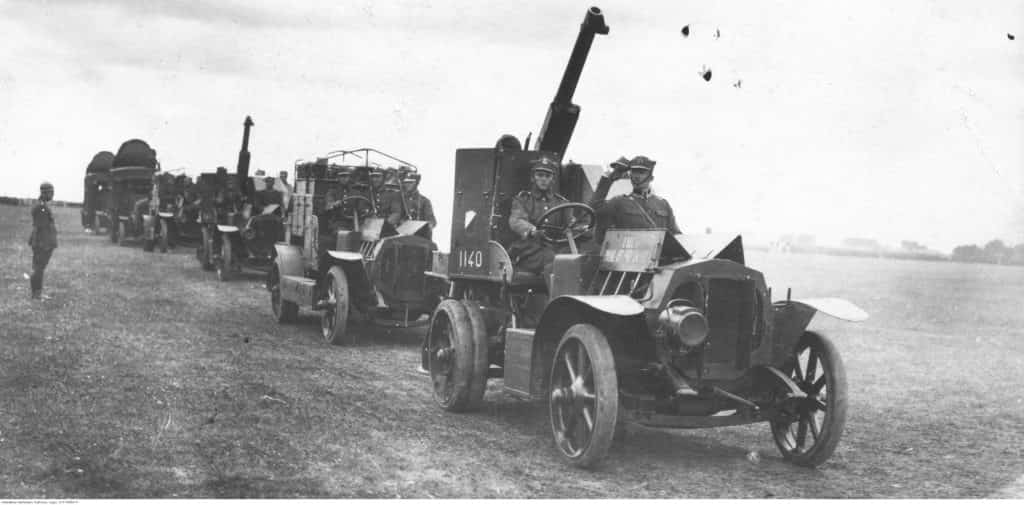The Heritage of the Polish Independence Songbook
The phenomenon of the Polish patriotic song and a forgotten emblem of the Polish Army inspired the Polish Independence Songbook.
The Heritage of Patriotic Song
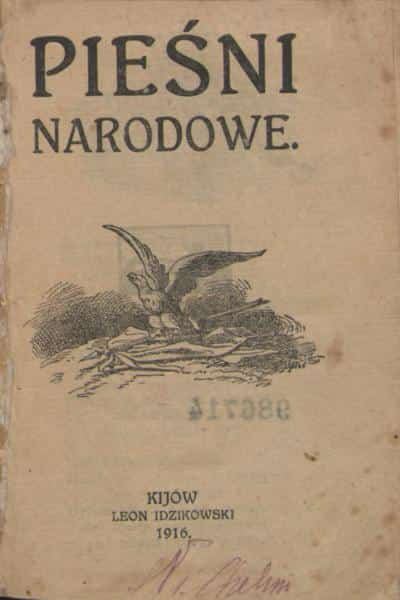
The longing for the lost Polish state, 123 years of partitions, the German and Soviet occupation initiated in 1939 and the domination of communism in 1944–1989, meant that the Polish patriotic songs that arose on this foundation, were certainly a phenomenon.
Romantic ideas, patriotism without hope for Independence and an unbridled desire for freedom, made Polish soldiers’ songs radically different from their counterparts in the occupying armies. These are not marauders’ songs full of lewdness and simplicity, but beautiful compositions with a deep message.
Polish songs were a manifesto of freedom and an impulse to fight the enemy. They were the inspiration for generations of soldiers and conspirators , they were present during armed struggle and at patriotic demonstrations, and resounded in underground printing houses and during Masses for the Homeland.
Each era had its bards, poets and composers. Wincenty of Kielcza [1] (a Dominican who lived in the Middle Ages), Franciszek Karpiński [2] (Constitution of 3 May 1791 period), Józef Wybicki [3] (the Polish Legions in Italy), Rajnold Suchodolski [4] (November Uprising, 1830–1831), Władysław Ludwik Anczyc [5] (January Uprising, 1863), Maria Konopnicka [6] (turn of the 19th and 20th centuries), Wacław Denhoff-Czarnocki, Zygmunt Pomarański [7] , Edward Słoński [8] (Polish Legions period), Adam Kowalski [9] (interwar and World War II period) and Jacek Kaczmarski [10] and Przemysław Gintrowski [11] (Polish People’s Republic and martial law period) are just the beginning of a long list of Polish poets and composers whose legacy we want to save from being forgotten.
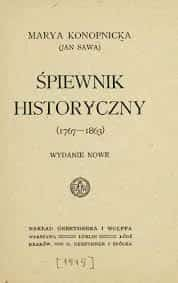
It consists of an anthology of Polish patriotic songs, anthems and military songs. Their creators were both secular and clergy, educated writers and common people, aristocratic elites and rank-and-file soldiers. Many authors did not live to see their songs become popular. This was the case with Krystyna Krahelska [12] , fatally wounded in the first moments of the Warsaw Uprising, or Marian Matuszkiewicz [13] , murdered by the Germans in KL Stutthof. Unfortunately, the vast majority of composers of patriotic songs will remain unknown.
The Polish patriotic song is one of the foundations of the nation’s endurance, identity and patriotism, an anonymous hero whose role we are usually not aware of. It accompanied the Poles both during their battle triumphs and at the time of their deaths before firing squads. It was like an illegal proclamation copied on a printing press, and singing it was often subject to the most severe punishment. Our dream is that the Songbook of Independence, made available in 2017, will be a substantive help and inspiration.
We would also like this website and the Polish Independence Concert, which we have been producing since 2009, to be living monuments to Polish patriotic song – beautiful, proud and steadfast.
The Heritage of the Military Shield
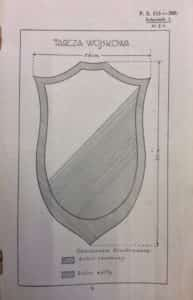
The logo of the Songbook of Independence is inspired by a forgotten emblem of some Polish aviation and land forces, known as the Military Shield (Tarcza Wojskowa). We do not known the author of this diagonally divided, white-and-red, coat of arms shield. All that is certain is that it appeared in 1918 and it was painted both on the first planes and on vehicles captured from the enemy. It accompanied our soldiers during the Polish-Bolshevik War and in the brief interwar period. It was also painted on certain vehicles of the Independent Carpathian Rifle Brigade, which was formed in 1940 in Syria, and fought at Tobruk.
The Independence Songbook portal was launched on the night of 15–16 December 2017, on the 99th anniversary of the first oath of Polish aviators, which took place at Mokotów Field in Warsaw, among aircraft marked with Military Shields. The Military Shield had a short life in aviation, and was probably only used in Warsaw. It was replaced with a chessboard, which on 1 December 1918, became the official emblem of the Polish Air Force. Nevertheless, we can assume that the planes bearing this emblem were used for some time in Polish military aviation actions, as evidenced by the photo preserved of the aviation oath. The Military Shield’s aviation tradition was appealed to by the Central Training Squadron (Centralna Eskadra Treningowa), which placed it on Lublin R-XIII planes in the mid-1930s.
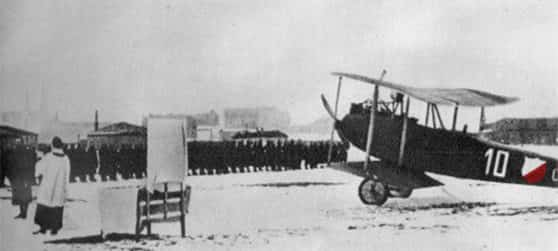
The Military Shield was present on vehicles of the Polish Army at least until the mid-1930s. It is possible that it survived in places until 1939, as on the museum copy of the Fiat Izhorsky seized by the Germans in the Modlin Fortress, and originally captured during the Polish-Bolshevik war. The use of the Military Shield was regulated by the “Official regulations on painting the military car fleet” of 20 July 1928 and is the oldest document regulating its use.
This completely forgotten emblem, painted on Polish airplanes and military vehicles, and perfectly matching the 100th anniversary of regaining Independence, became the inspiration for the emblem of the Songbook of Independence. We believe that thanks to this, the Polish Military Shield will find its place among hundreds of other emblems related to the Polish road to Independence.
Polish Heritage Foundation [Fundacja Dziedzictwa Rzeczypospolitej]
Footnotes:
[1] “Gaude Mater Polonia” (1253).
[2] On 3 May 1791. The country’s fortunately-achieved constitution (1791).
[3] “Mazurek Dąbrowskiego” [“Dąbrowski’s Mazurka”/“Poland is Not Yet Lost”] (1797).
[4] “Biała chorągiewka” [“The White Flag”] (1830), “Witaj majowa jutrzenko” [“Hello May Dawn”] (1831).
[5] “Marsz Strzelców” [“Rifleman’s March”] (1862-1863).
[6] “Wąwóz Somosierry” [“Somosierry Ravine”] (1905), “Rota” [“Troop”] (1908).
[7] “O mój rozmarynie” [“About My Rosemary”] (1913-1915), “Matka” [“Mother”] (1914).
[8] “Ta co nie zginęła” [“She Who Did Not Die”] (1914), “Sen o szpadzie” [“Dream of a Sword”] (1915).
[9] “Morze, nasze morze” [“The Sea, Our Sea”] (1925), “Modlitwa Obozowa” [“Camp Prayer”] (1939).
[10] “Obława” [“Raid”] (1974), “Mury” [“The Walls”] (1978), “Źródło” [“The Source”] (1978).
[11] “Modlitwa o wschodzie słońca” [“Prayer at Sunrise”] (1980), “Gdy tak siedzimy nad bimbrem” [“As We Sit Over Moonshine”] (1986).
[12] “Kołysanka o zakopanej broni” [“Lullaby about a Buried Weapon”] (1924), “Hej chłopcy, bagnet na broń” [“Hey Lads, Affix Bayonets”] (1943).
[13] “Deszcz, jesienny deszcz” [“Rain, Autumn Rain”] (1943).
Heritage gallery
Photos that inspired the visual identification of the Śpiewnik Niepodległości project.
 Strona dostępna w języku polskim
Strona dostępna w języku polskim  Website disponível em português
Website disponível em português 